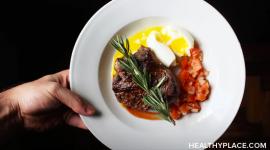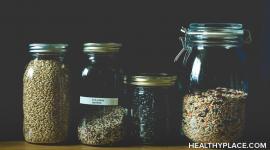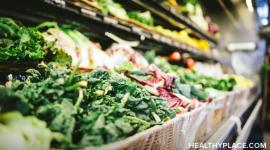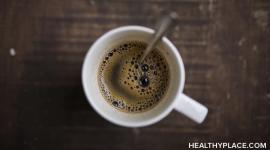Eating for Bipolar Disorder: Best and Worst Foods for Bipolar
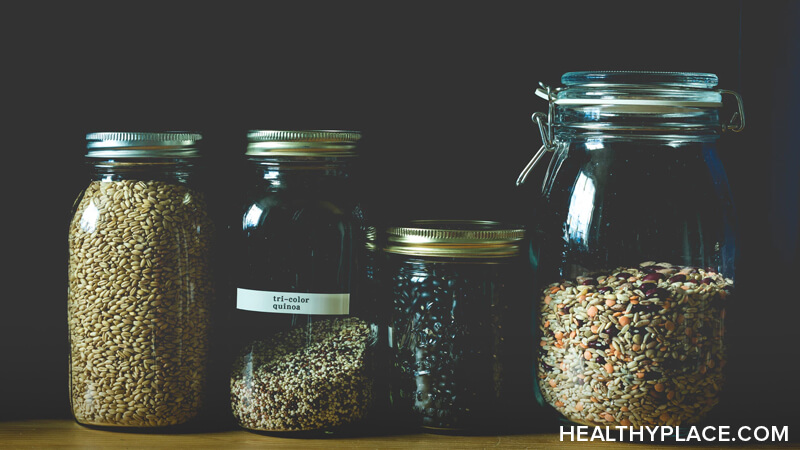
Eating for bipolar disorder is a natural way to treat and manage the difficult symptoms associated with this mental health disorder. With the knowledge of which foods to eat for bipolar disorder management, you can begin to make small changes to your diet. In choosing the best foods for bipolar disorder, chances are you may notice a significant change in how you experience symptoms and notice an overall increase in wellbeing.
Eating for Bipolar Disorder
Eating for bipolar disorder may look different depending on the specific person. Although there isn’t one specific bipolar diet every person with bipolar disorder is recommended to follow, there are certain foods every person with bipolar disorder may want to try for symptom management.
Best Foods for Bipolar Disorder
Research indicates there are many foods that one could benefit from incorporating into his or her diet if living with bipolar disorder. Diet is a great approach to naturally managing bipolar symptoms. If you have bipolar disorder, try incorporating the following five foods into your diet:
- Whole grains – not only do whole grains have a positive effect on your heart and digestive system, they are essential when mindfully eating for bipolar disorder, as they tend to have a calming effect on the mind. Whole grains are some of the best natural foods for bipolar disorder you can choose. Try whole grain pasta, brown rice, oatmeal or quinoa.
- Beans – beans are a primary part of any healthy diet, yet individuals with bipolar disorder may benefit from focusing on increasing their intake of pinto, garbanzo, and mung beans, which have the highest concentration of vitamin B9. Vitamin B9 helps sustain adequate homocysteine levels, which, when too low, can increase bipolar disorder symptoms.
- Dark Chocolate – chocolate is made from cocoa beans, which have various “mood-lifting” ingredients, including phenylethylamine (known to relieve symptoms of depression). Phenylethylamine is found mostly in dark chocolate.
- Tofu – tofu is made from the curds of soybean milk and, in general, is considered to be one of the most “health-giving” foods available. Tofu is a highly nutritious source of protein and contains omega-3s. Omega-3’s contribute to mood stability.
- Turkey – this may seem like an odd choice, but turkey, which is high in the amino acid tryptophan, is a vital part of eating for bipolar disorder. Tryptophane helps your body make serotonin, and increased levels of serotonin are helpful with bipolar depression.
Worst Foods for Bipolar Disorder
- Caffeine – Although small amounts of caffeine don’t tend to exacerbate the symptoms of bipolar disorder, caffeine can cause sleep deprivation, which can trigger mania and mood swings. Generally, caffeinated beverages like cola and coffee don't mix well with bipolar disorder.
- Sugar – Eating a diet high in sugar isn’t recommended for anyone, but especially for those with bipolar disorder. Research has shown sugar can interfere with bipolar medication treatments and make them less effective.
- Alcohol – Alcohol is a depressant for anyone, but if you have bipolar disorder, you are more prone to being affected by depressants. Not only can alcohol affect mood, but it can also negatively interact with medication. High-fat foods – those with bipolar could benefit from limiting their trans- and saturated fat intake. These fats can significantly delay the beneficial effects of bipolar medications.
- Grapefruit – This citrus fruit is known to negatively interact with many commonly prescribed bipolar medications.
Making small, gradual changes to your diet is a good place to start. If you are anxious to begin eating for bipolar disorder and want to make major changes to your diet, it is advised you seek the advice of a medical professional.
APA Reference
Jarrold, J.
(2021, December 28). Eating for Bipolar Disorder: Best and Worst Foods for Bipolar, HealthyPlace. Retrieved
on 2025, December 1 from https://www.healthyplace.com/bipolar/foods-and-bipolar/eating-for-bipolar-disorder-best-and-worst-foods-for-bipolar
